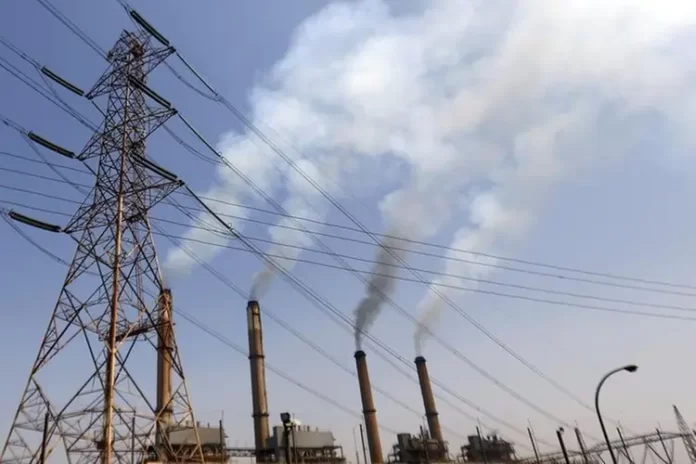In a strategic move to rejuvenate the economy, the Power Division has finalised a proposal to lower electricity tariffs for the industrial sector.
This decision comes ahead of the upcoming final review with the International Monetary Fund (IMF) for the $3 billion Stand-By Arrangement scheduled next month.
During a session with the Senate Standing Committee on Power, Asad Rehman Gilani, Secretary-In-Charge Power Division, confirmed that the plan aims to cut the industrial tariff from 14 cents per unit to 9 cents.
He emphasized the importance of this reduction in fostering industrial growth, creating employment opportunities, and tackling the issue of circular debt in the power sector.
The committee, chaired by PMLN Senator Azam Nazeer Tarar, also addressed the escalating circular debt in the power sector, which has surpassed Rs2.7 trillion.
It requested a comprehensive briefing from the Secretary of Finance in the next meeting, which will be arranged in coordination with the Ministry of Finance.
The industrial power tariff had previously been raised from nine cents to approximately 12.5 cents per unit last year as part of the requirements set by the IMF.
Additionally, the committee has ordered a new investigation into allegations of misconduct and irregularities in the awarding of contracts for major foreign-funded projects, notably those sponsored by the World Bank and the Asian Development Bank.
The Power Division has been instructed to establish an internal inquiry committee, led by the Secretary Power Division, to scrutinize pending projects, including the construction of a 765kV double circuit transmission line from Dasu Hydro Power Station to Islamabad and the ADB-funded ACSR Bunting Conductor LoT-II A project.
Senator Tarar advised a thorough review of previous reports and the tendering process for these projects, with a comprehensive report due to the Senate panel within three weeks.
























